Hybrid Solar Systems in 2026: In the face of rising electricity costs and frequent power outages, Pakistani homeowners are increasingly seeking energy solutions that offer both reliability and cost-effectiveness. As we look ahead to 2026, the hybrid solar system emerges as the most intelligent investment for households across the nation. This innovative technology represents a perfect marriage between traditional solar systems and battery storage, providing uninterrupted electricity whether the sun is shining or the grid is down. For Pakistani families tired of managing their lives around load-shedding schedules and staggering electricity bills, hybrid solar systems offer a transformative solution that puts power back in their hands literally and figuratively.
The solar revolution in Pakistan has been nothing short of remarkable. According to recent data, Pakistan imported 17 GW of solar panels in 2024 alone, twice the volume imported in 2023 . This surge demonstrates a fundamental shift in how Pakistanis are approaching their energy needs, moving from passive consumers to active power producers. As one Islamabad resident noted, “I have them in front of my house, right and left everywhere” , highlighting the rapid proliferation of solar panels across residential areas. In this article, we’ll explore why hybrid solar systems specifically represent the smartest choice for Pakistani homes in 2026, examining their technical advantages, financial benefits, and growing relevance in Pakistan’s evolving energy landscape.
Table of Contents
What Exactly is a Hybrid Solar System?
Beyond Basic Solar: The Intelligent Energy Solution
A hybrid solar system represents the next evolution in solar technology, combining the best features of both on-grid and off-grid systems into a single, intelligent package. Unlike traditional solar setups that either feed exclusively back to the grid or operate in complete isolation, a hybrid system maintains a connection to the main grid while incorporating battery storage for backup power and optimal energy management. This sophisticated approach allows homeowners to maximize their solar investment by utilizing stored solar energy during peak rate periods when grid electricity is most expensive, providing both economic benefits and energy security.
At its core, a hybrid solar system consists of four key components: solar panels that capture sunlight and convert it to electricity, a hybrid inverter that manages multiple energy sources simultaneously, battery storage that stores excess solar energy for later use, and the grid connection that provides a fallback option when needed. The hybrid inverter serves as the brain of the operation, intelligently deciding when to draw from solar production, when to tap into battery reserves, and when to pull from the grid based on availability and cost optimization. This sophisticated energy management sets hybrid systems apart from simpler alternatives and makes them particularly valuable in Pakistan’s challenging energy environment .
How Hybrid Systems Compare to Other Solar Options
To understand the unique value of hybrid systems, it’s helpful to compare them with their alternatives:
| System Type | Grid Connection | Battery Storage | Power During Outages | Best For |
|---|---|---|---|---|
| On-Grid | Required | No | No | Areas with stable grid, budget-conscious users |
| Off-Grid | No | Required | Yes | Remote areas without grid access |
| Hybrid | Yes | Yes | Yes | Urban/suburban areas with frequent load-shedding |
On-grid systems represent the most basic approach, connecting directly to the local electricity network and allowing homeowners to benefit from net metering. However, these systems offer no protection during power outages, as safety requirements mandate they shut down when the grid fails. Off-grid systems provide complete energy independence but typically come with significantly higher costs due to the extensive battery banks required to ensure reliable power through extended periods of poor weather . Hybrid systems strike a perfect balance, offering the financial benefits of grid connection through net metering while providing the security of battery backup during outages—a combination particularly well-suited to Pakistan’s energy challenges .
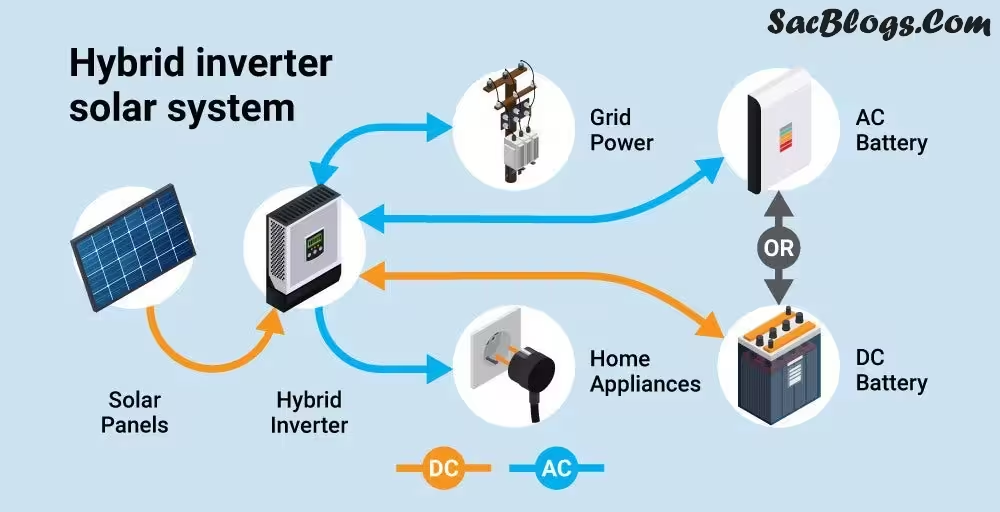
How Hybrid Solar Systems Work: Smart Energy Management
The Daily Cycle of Intelligent Power Distribution
A hybrid solar system operates through an elegant daily cycle of energy collection, storage, and distribution that automatically adapts to your household’s patterns and grid conditions. During daylight hours, solar panels convert sunlight into electricity, which powers your home’s immediate needs. Any excess energy beyond what your household is consuming is directed to charge your battery storage system rather than being immediately sent to the grid. Once batteries reach their full capacity, any additional surplus energy is then fed back to the grid through net metering, earning you credits from your utility company .
As evening approaches and solar production declines, the system intelligently switches to drawing power from your battery storage, allowing you to power your home with free solar energy during peak rate hours when grid electricity is most expensive. This represents one of the most significant financial advantages of hybrid systems—the ability to avoid purchasing expensive grid power during evening peak periods. Only when your battery reserves become depleted does the system seamlessly transition to drawing from the grid, ensuring uninterrupted power while minimizing costs . This intelligent energy prioritization means you’re always using the most economical power source available at any given moment.
Advanced Capabilities for Pakistan’s Challenging Grid Conditions
Where hybrid systems truly prove their worth is during power outages, which remain a frequent occurrence across much of Pakistan. When the grid fails, the hybrid inverter automatically disconnects from the main grid (a safety requirement known as anti-islanding) and creates a microgrid powered by your solar panels and battery storage. This transition typically happens within milliseconds, meaning your lights might flicker but won’t go out, and essential appliances like refrigerators, fans, and lights continue operating seamlessly .
This capability is particularly valuable in Pakistan, where a journalist noted that “load-shedding re-emerged in 2007 and became more severe in subsequent years, hampering productivity and increasing public dissatisfaction” . The system’s intelligence extends to its charging behavior as well—during extended outages with limited sunshine, the system can prioritize charging batteries with available solar energy to extend backup duration. This sophisticated energy management provides Pakistani homeowners with unprecedented control over their power supply, transforming what was once a daily frustration into a non-issue .
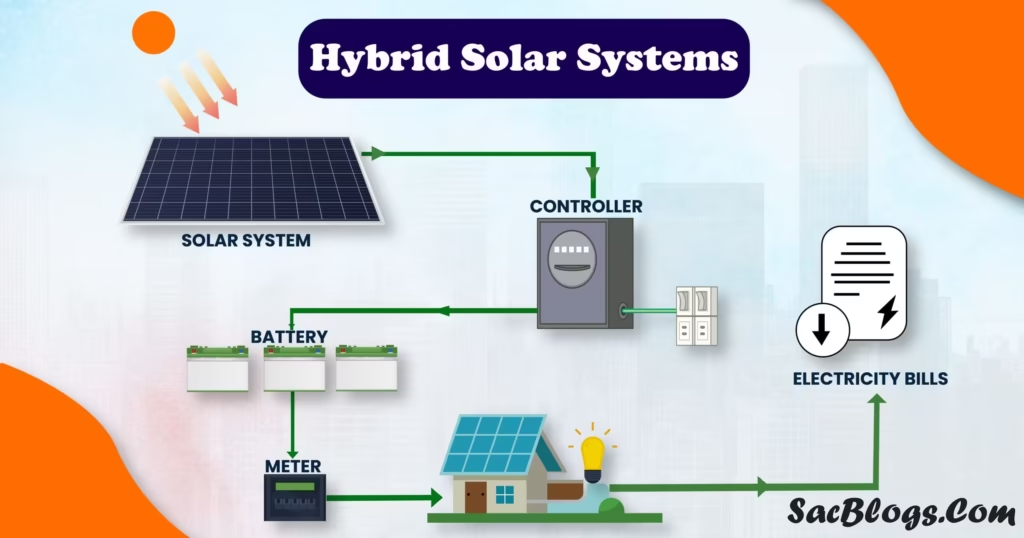
Why 2026 is the Perfect Time for Hybrid Solar in Pakistan
The Convergence of Economic and Energy Factors
Multiple economic and policy factors are aligning to make 2026 an ideal year for Pakistani homeowners to invest in hybrid solar systems. The country has witnessed an unprecedented hike in electricity tariffs—up 155% in just three years—which has rendered grid power unaffordable for many households and businesses . Simultaneously, global solar panel prices fell by nearly 50% due to Chinese manufacturing overcapacity, while Pakistan exempted solar photovoltaic (PV) imports from duties and sales taxes until mid-2025 . This combination of skyrocketing grid electricity costs and plummeting solar equipment prices has created what energy experts describe as a “perfect storm” making solar investment exceptionally attractive .
The solar boom in Pakistan has been remarkable in its scale and speed. Jan Rosenow, leader of the energy program at the Environmental Change Institute at the University of Oxford, notes that “the scale of solar being deployed in such a short period of time has not been seen, I think, anywhere ever before” . This transition is being driven primarily by consumers rather than government initiatives, with nearly 45 GW of solar panels imported over the past four to five years—roughly equivalent to the total installed generation capacity of the national grid . For homeowners considering solar in 2026, this widespread adoption means experienced installers, established supply chains, and greater social proof of the technology’s benefits.
Evolving Policy Landscape and Market Maturity
The year 2026 represents a strategic point for solar investment as policies continue to evolve. The Pakistani government has already taken steps to regulate the residential solar industry, including lowering the rate it pays for electricity that household solar setups produce and announcing a 10% tax on imported solar panels . These policy shifts make earlier adoption increasingly advantageous, as those who install systems under current net metering arrangements typically continue under those terms. Additionally, the growing maturity of the solar market in Pakistan means that homeowners in 2026 will benefit from more experienced installers, better component availability, and more sophisticated system designs than were available just a few years earlier.
The impressive growth of solar adoption is reflected in official statistics, with NEPRA reporting that “rooftop solar installations had surged to 2.8 GW in just the first 10 months of the fiscal year 2024–25, bringing the cumulative national total to 5.3 GW, a nearly tenfold increase in just two years” . This rapid uptake demonstrates both the effectiveness of solar technology in Pakistan’s context and the growing recognition among homeowners that taking control of their energy supply is both possible and financially rewarding. For those considering solar in 2026, this means joining an established movement of energy-independent households rather than being early experimenters.
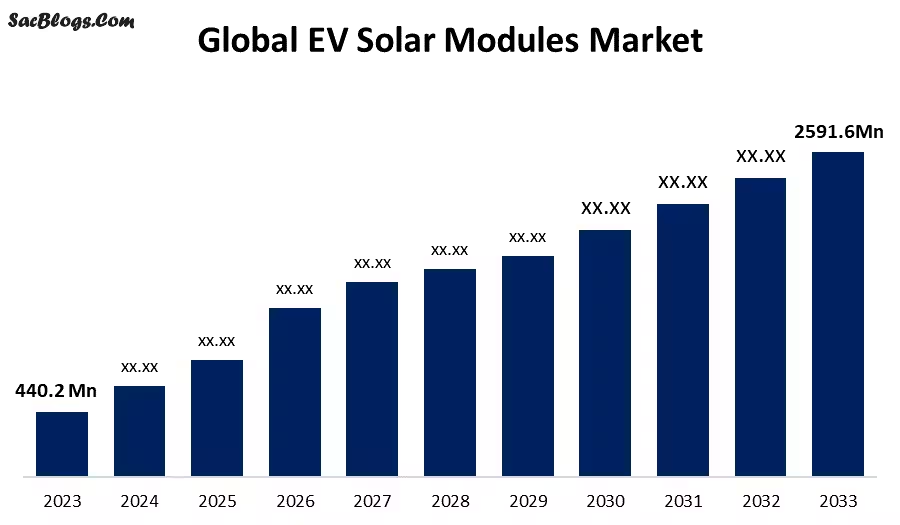
Key Benefits of Hybrid Solar Systems for Pakistani Households
Uninterrupted Power Supply During Load-Shedding
For Pakistani families who have structured their lives around load-shedding schedules for decades, the most immediate and valuable benefit of hybrid solar systems is the elimination of power disruptions. By automatically switching to battery power within milliseconds of a grid failure, these systems ensure that essential appliances—including lights, fans, refrigerators, and internet routers—continue operating seamlessly through outages . This capability transforms the daily experience of managing household activities around electricity availability, providing not just convenience but also protecting against food spoilage, work interruptions, and discomfort during extreme weather.
The value of this uninterrupted power has been a primary driver behind Pakistan’s solar boom, with one industry observer noting that “individuals have made this decision. So, it’s like a democratization of solar” . Unlike traditional UPS systems or generators that provide limited runtime or require expensive fuel, hybrid solar systems recharge daily using free sunlight, making them both economically and environmentally superior backup solutions. For households with children, elderly family members, or home-based businesses, this reliability represents a quality-of-life improvement that extends far beyond mere financial calculations .
Significant Reduction in Electricity Bills
The financial benefits of hybrid solar systems extend well beyond backup power, delivering substantial savings on monthly electricity bills through multiple mechanisms. By using free solar energy during daylight hours and drawing from battery storage during expensive evening peak periods, households can dramatically reduce their consumption of grid electricity when rates are highest . Additionally, through net metering arrangements, any surplus energy generated beyond what the household consumes can be fed back to the grid, earning credits that further offset costs .
The combination of these approaches can reduce electricity bills by 70-90% for appropriately sized systems, with some households reporting near-zero bills during sunny months. These savings have become increasingly significant as electricity prices in Pakistan have more than doubled in the last three years . For middle-class families feeling the pinch of rising utility costs, these savings can free up substantial household budget for other necessities while providing a hedge against future tariff increases. The system effectively transforms a recurring expense into a long-term investment that pays dividends month after month.
Energy Independence and Environmental Benefits
Hybrid solar systems offer Pakistani homeowners a degree of energy independence previously unavailable to most grid-connected consumers. By generating and storing their own power, households become less vulnerable to grid instability, tariff fluctuations, and the political and economic factors that have made Pakistan’s energy sector notoriously unpredictable . This independence represents not just practical benefits but also psychological freedom from the frustrations that have characterized many Pakistanis’ relationship with their electricity supply for generations.
From an environmental perspective, each hybrid solar system represents a tangible contribution toward a cleaner, more sustainable Pakistan. By displacing fossil fuel-derived grid electricity with clean solar power, the average household system can reduce carbon emissions by several tons annually—a significant impact when multiplied across thousands of installations . As Pakistan continues to grapple with the effects of climate change, including “longer and more frequent heat waves” , this transition to decentralized renewable energy represents both an adaptation strategy and a mitigation approach that individual households can actively participate in.

Cost Analysis: Understanding the Investment for 2026
Upfront Costs and Financing Considerations
The initial investment in a hybrid solar system represents the most significant barrier for many Pakistani households, but understanding the cost structure and financing options can make this investment more accessible. For a typical 5kW hybrid solar system—sufficient for an average Pakistani household—homeowners can expect to pay between PKR 900,000 to 1.3 million, depending on the quality of components, battery capacity, and installation complexity . This price typically includes solar panels, hybrid inverter, batteries, mounting equipment, and professional installation, though prices may vary based on specific household requirements and component choices.
While these upfront costs are substantial, several factors are making hybrid systems increasingly accessible to middle-class Pakistani families. The plummeting cost of solar panels—which dropped by more than 40% as China ramped up its exports—has significantly reduced system costs compared to just a few years ago . Additionally, some solar companies now offer financing options that allow homeowners to pay for their systems through installment plans, making the investment more manageable by aligning payment with electricity bill savings . When evaluating costs, it’s important to consider that higher-quality components typically offer better performance and longer lifespans, making them more cost-effective over the system’s lifetime despite higher initial outlays.
Return on Investment and Long-Term Value
The financial return on investing in a hybrid solar system comes primarily through dramatically reduced electricity bills, with most households recouping their initial investment within 4-6 years . After this payback period, the continued electricity generation represents essentially free power for the remaining lifespan of the system—typically 20+ years for solar panels and 8-12 years for batteries. This long-term value proposition makes hybrid solar one of the most reliable investments available to Pakistani homeowners, outperforming traditional financial instruments while providing immediate practical benefits.
Beyond direct bill savings, hybrid solar systems can increase property values, making them a home improvement that pays dividends even if homeowners eventually decide to sell . As solar adoption becomes more widespread in Pakistan, properties with existing solar installations are increasingly attractive to buyers who understand the value of reduced electricity costs and backup power capability. With Pakistan’s electricity prices showing no signs of decreasing and likely to continue their upward trajectory, the economic case for solar investment strengthens with each tariff increase, effectively protecting homeowners from the volatility of the energy market .

Choosing the Right Hybrid Solar System for Your Home
Sizing Your System Appropriately
Selecting the correct system size is crucial for maximizing both performance and economic returns from your hybrid solar investment. An appropriately sized system should balance your household’s typical energy consumption, your backup power requirements during outages, and your available budget and roof space. The first step involves analyzing your historical electricity bills to understand your average monthly consumption in kilowatt-hours (kWh), then considering which essential appliances you need to power during grid outages . This assessment will help determine the optimal solar array size and battery capacity for your specific situation.
For most Pakistani households, systems ranging from 3kW to 10kW are typical, with 5kW systems representing a sweet spot for many middle-class families with moderate air conditioning use. The Pakistan Solar Association provides guidance that for a 5kW system, “2 to 4 batteries usually cover typical daily use and nighttime backup” . It’s generally advisable to slightly oversize your system relative to current needs if budget allows, as future additions like electric vehicles or increased air conditioning use may increase your electricity demand. Consulting with reputable solar installers who can perform detailed energy assessments is the most reliable approach to proper sizing .
Selecting Quality Components and Installers
The performance and longevity of your hybrid solar system depend heavily on the quality of its components and the expertise of its installation. When selecting solar panels, Tier-1 monocrystalline panels are generally recommended for their superior efficiency and durability in Pakistan’s climate . For hybrid inverters, reputable international brands or certified local manufacturers with proven track records offer greater reliability and better performance, particularly those with MPPT technology for optimal energy harvesting . Battery selection represents another critical decision, with lithium-ion batteries increasingly favored over traditional lead-acid despite higher upfront costs due to their longer lifespan, faster charging, and greater depth of discharge .
Equally important is selecting an experienced, certified installer with specific expertise in hybrid systems. Look for companies with AEDB certification and PEC-approved engineers to ensure compliance with national standards . Reputable installers should provide detailed proposals including system sizing rationale, production estimates, and return-on-investment calculations, along with robust warranties and after-sales support . As one industry professional noted, the solar boom has been facilitated by “a new wave of mostly self-taught solar entrepreneurs” , making verification of credentials and references particularly important. The right installer will handle everything from system design and DISCO compliance to commissioning and ongoing maintenance, ensuring a worry-free experience.
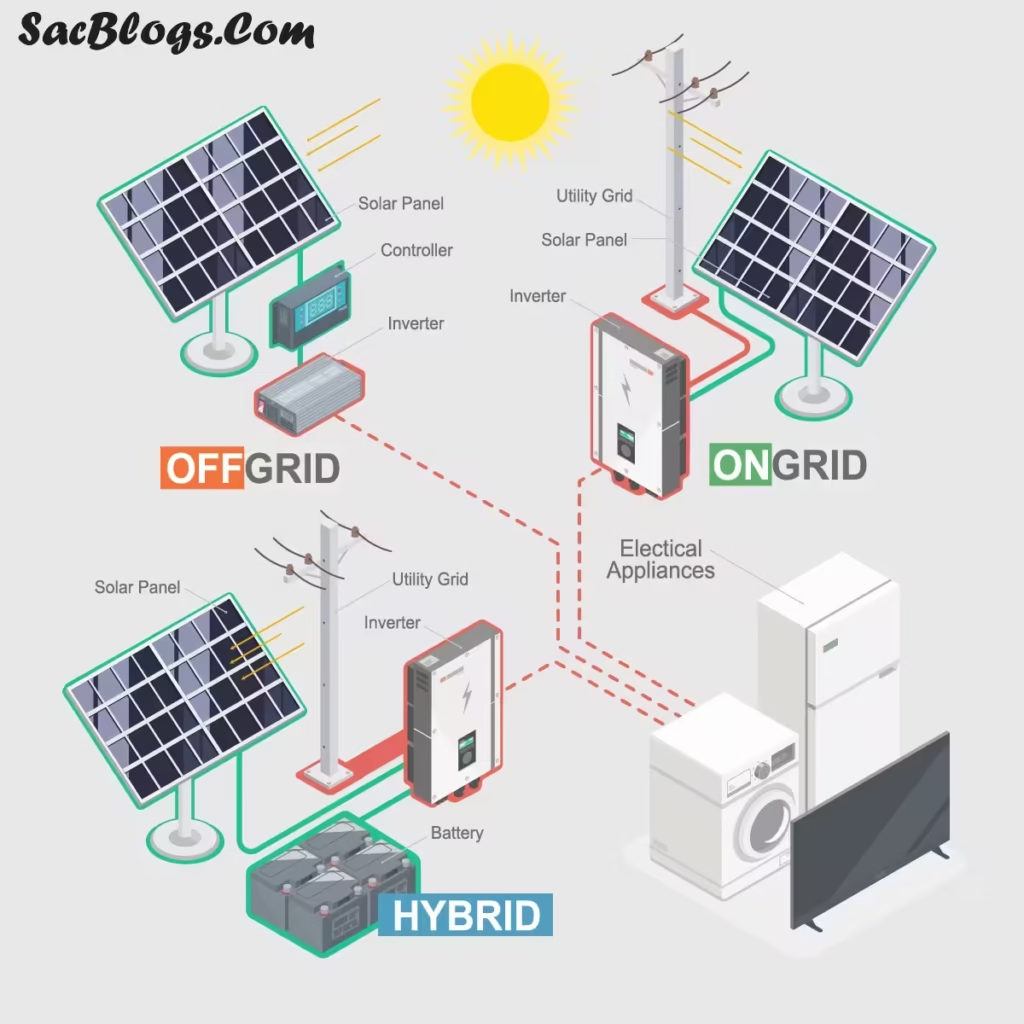
Conclusion: Embracing Energy Independence in 2026
As we’ve explored throughout this article, hybrid solar systems represent a transformative solution for Pakistani households seeking relief from escalating electricity costs and unreliable grid power. The unique combination of grid connectivity, battery storage, and intelligent energy management positions these systems as the optimal choice for Pakistan’s specific energy challenges. With solar technology more affordable and accessible than ever before, and with Pakistan’s solar infrastructure increasingly mature, 2026 presents an ideal window for homeowners to make the transition to energy independence.
The benefits extend far beyond financial returns to include uninterrupted power for families, reduced environmental impact, and greater control over household energy security. As Pakistan continues to navigate its complex energy landscape, hybrid solar systems offer a practical path forward that individual households can implement without waiting for systemic reforms. By investing in a hybrid system, you’re not just installing equipment on your roof—you’re joining a consumer-led energy revolution that’s transforming Pakistan’s relationship with power one household at a time. The question for 2026 isn’t whether you can afford to go solar, but whether you can afford not to.
Read Also: Solar Power in Asia – How Developing Nations Are Leading the Global Green Revolution
Frequently Asked Questions About Hybrid Solar Systems in Pakistan
1. How does a hybrid solar system differ from a regular solar system?
A hybrid solar system incorporates both grid connection and battery storage, unlike regular on-grid systems that have no backup power or off-grid systems that operate completely independently. This hybrid approach allows you to benefit from net metering while maintaining power during grid outages .
2. Can a hybrid solar system completely eliminate my electricity bill?
While complete elimination depends on your energy consumption and system size, most households see reductions of 70-90% in their electricity bills. Through strategic use of solar power and battery storage during peak rate periods, combined with net metering credits, some households do achieve near-zero bills, especially during sunny months .
3. How long does the battery backup typically last during load-shedding?
Backup duration depends on your battery capacity and energy usage. A properly sized system with 2-4 batteries for a 5kW setup typically provides 4-8 hours of backup for essential loads like lights, fans, refrigerators, and televisions. Runtime can be extended by conserving energy during outages .
4. What maintenance does a hybrid solar system require?
Hybrid systems require minimal maintenance—primarily keeping solar panels clean and ensuring they’re free from shade. Batteries may need periodic water topping (for lead-acid types) or ventilation. Most reputable installers offer maintenance packages as part of their after-sales service .
5. Will a hybrid solar system work during extended cloudy periods?
Yes. During extended cloudy weather, your system will automatically draw power from the grid once batteries are depleted. Your connection to the grid ensures uninterrupted power regardless of weather conditions, while the system returns to solar operation once sunshine resumes .
6. Is net metering available with hybrid systems in Pakistan?
Yes, hybrid systems fully support net metering. Any excess solar energy not used by your household or stored in batteries can be fed back to the grid, earning you credits that offset your consumption from the grid during periods when solar production is insufficient .
7. How has the 10% GST on solar panels affected system prices?
The recently imposed 10% General Sales Tax has slightly increased costs, raising the per-watt cost of imported panels from approximately PKR 30 to PKR 33. While this modestly increases project costs, the fundamental economics of solar remain strongly favorable compared to grid electricity .
8. What happens to my hybrid system during a complete grid blackout?
During a grid blackout, your hybrid system automatically disconnects from the grid (for safety reasons) and creates a microgrid powered by your solar panels and batteries. Essential circuits in your home continue to operate normally despite the grid outage .
9. How long does a typical hybrid solar system last?
Solar panels typically have 25-year performance warranties and can last much longer. Hybrid inverters generally last 10-15 years, while batteries vary by type—lead-acid batteries last 3-7 years, while lithium-ion batteries can last 8-12 years with proper maintenance .
10. Can I expand my hybrid system in the future if my energy needs increase?
Yes, one advantage of hybrid systems is their scalability. You can typically add more solar panels or additional batteries as your needs evolve, though it’s important to ensure your inverter has sufficient capacity for future expansion when initially designing the system .


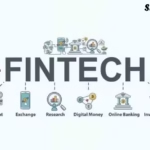
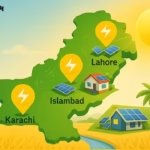

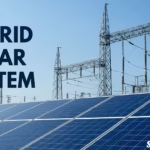

1 thought on “Hybrid Solar Systems in 2026 – The Smart Choice for Pakistani Homes”